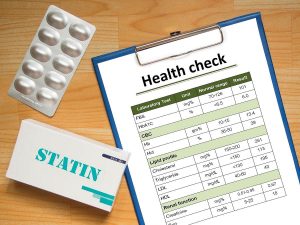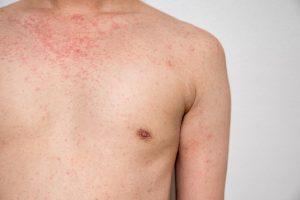
The average American diet has only improved modestly over the past two decades, despite tons of research tying unhealthy food to obesity, type 2 diabetes and heart disease, a new study finds. The percentage of U.S. adults with a poor diet decreased from 49% to 37% between 1999 and 2020, based on data from a regular federal survey of American dietary patterns. Americans with intermediate diet quality increased from 51% to 61% during the same period, showing some improvement. But the proportion of Americans with an ideal diet remained starkly low, rising only from 0.7% to 1.6%, researchers at Tufts University in Boston found. “While we’ve seen some modest improvement in American diets in the last two decades, those improvements are not reaching everyone, and many Americans are eating worse,” said researcher Dariush Mozaffarian, cardiologist and director of the university’s Food is Medicine Institute. “Our new research shows that the nation can’t achieve nutritional and health equity until we address the barriers many Americans face when it comes to accessing and eating nourishing food,” Mozaffarian added in a Tufts news release. For the study, researchers analyzed federal diet survey data for more than 51,700 adults. Diet quality was measured using a scoresheet developed by the American Heart Association. Results show people are eating more nuts and seeds, whole grains, poultry, cheese and eggs, researchers found.… read on > read on >



























-300x200.jpg)










